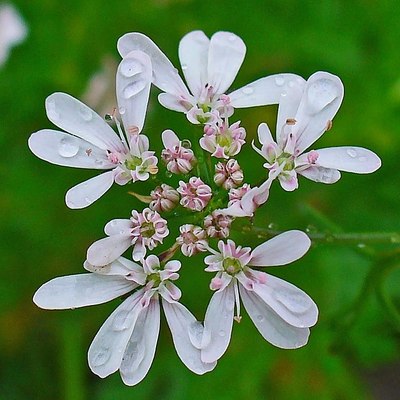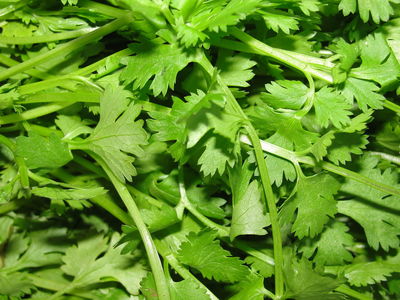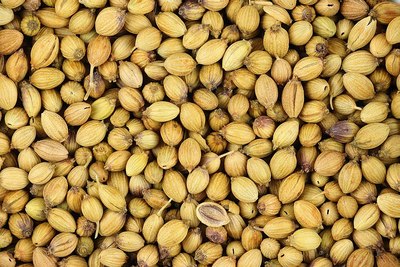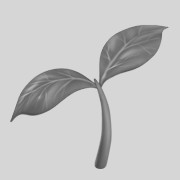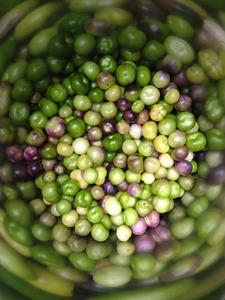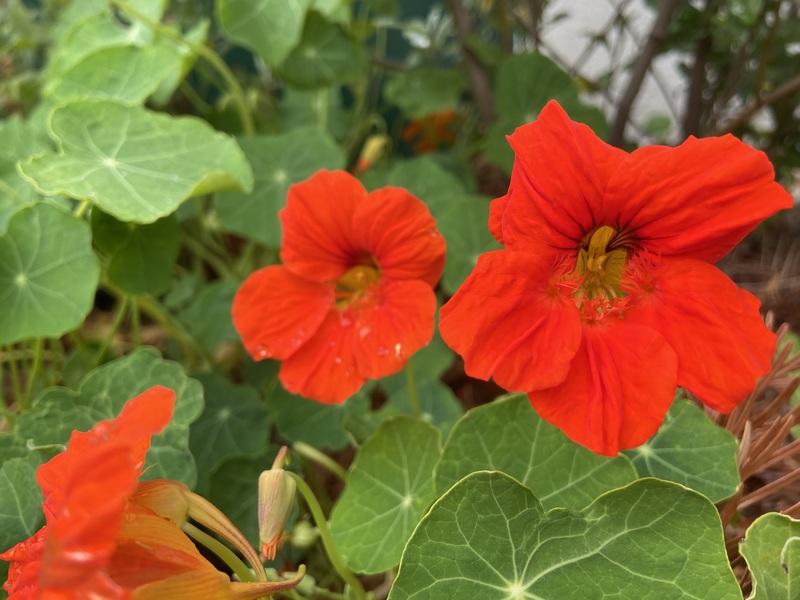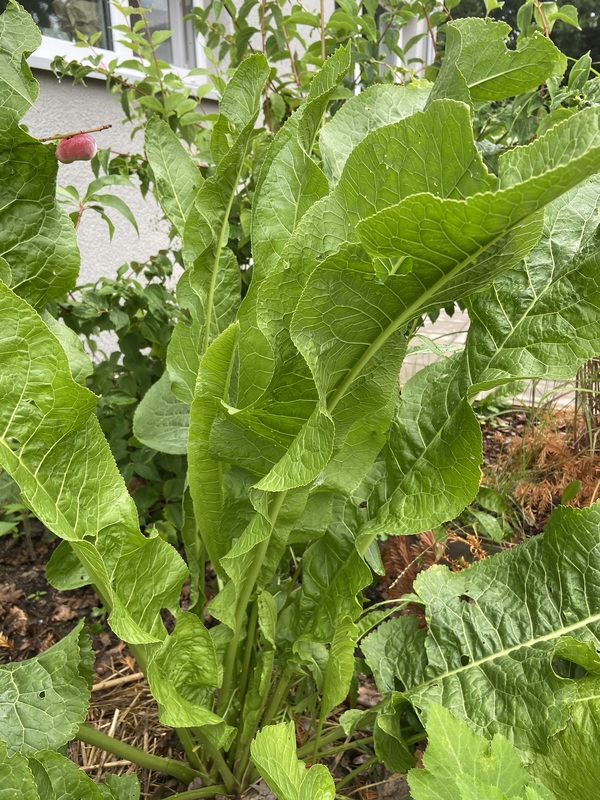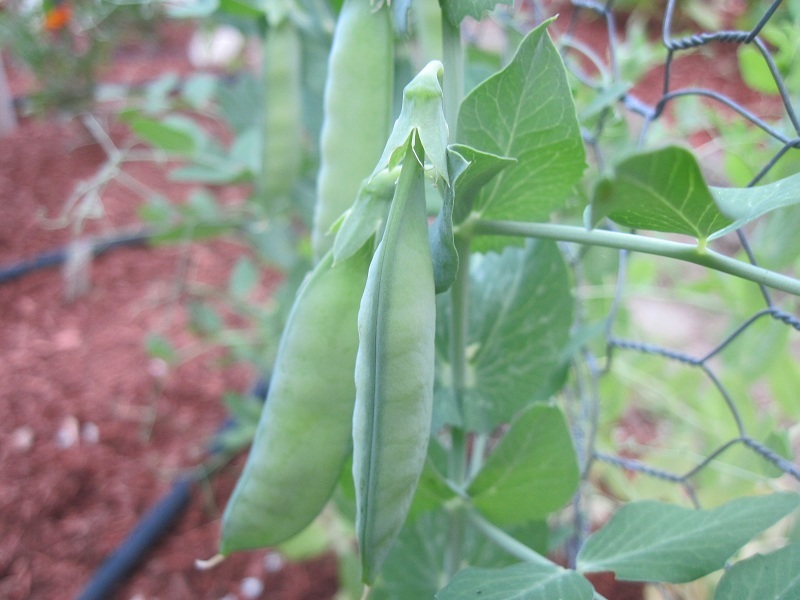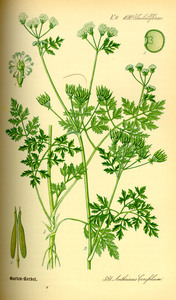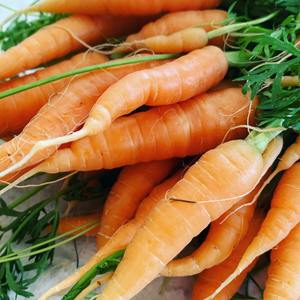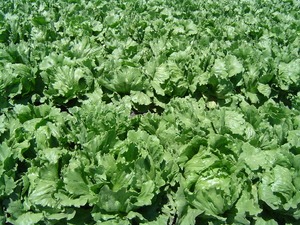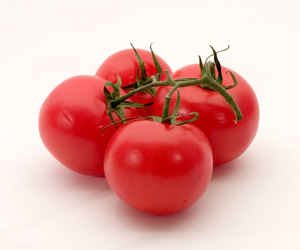Description
Coriander, also known as cilantro or Chinese parsley, is a plant native to the Mediterranean region and western Asia. The plant has delicate, fern-like leaves and small, white or pale pink flowers. It grows to a height of about one to three feet, and matures fairly quickly, generally within three to four months.
Coriander can be differentiated from similar plants by its distinctive, fragrant leaves and small, white or pale pink flowers. The plant prefers well-drained soil and full sun, and grows best when watered regularly. It is not winter hardy and should be grown as an annual in most regions.
Coriander is often used as a culinary herb, and the leaves and seeds of the plant are both edible. The leaves have a distinctive, fragrant flavor and can be used fresh or dried in a variety of dishes. The seeds, which are often ground into a powder, have a warm, spicy flavor and are used in many curries and spice blends.
In addition to its culinary uses, coriander has a number of other uses. The plant is said to have medicinal properties, and has been used in traditional medicine to treat a variety of ailments. It is also often used as a natural insect repellent, and some gardeners plant it near other crops to keep pests at bay. The plant is also valued by wildlife, and is a popular source of nectar for bees and other pollinators.
Propagation - Direct sowing
Direct sow in early spring after risk of frost.
Propagation - Transplanting
Avoid transplanting, as cilantro is quick to bolt under any stress.
